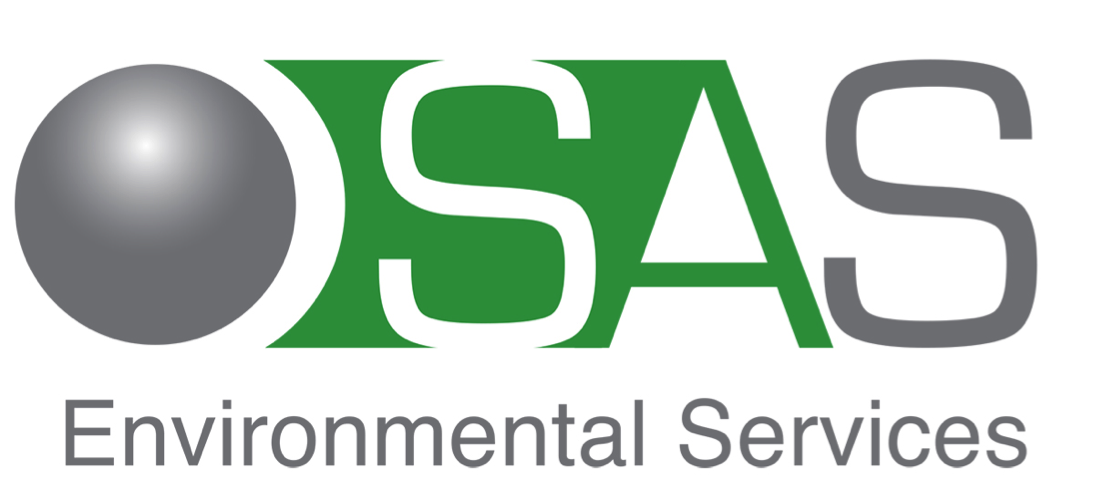For over 15 years SAS Environmental Services have led the way in developing integrated microemulsion solutions for tank cleaning operations, crude oil sludge treatment and oil slops treatment. We aim to create real synergy in our approach to tank cleaning by combining microemulsion chemistries with automated tank cleaning systems.
The cleaning out of oil and fuel storage tanks, supply vessels and tanker trucks is still a time-consuming task. All too often tank cleaning results in the generation of large quantities of liquid waste containing wash fluid, oil and solids ranging from clays, sand to carbon and other particles. In addition the actual cleaning takes a lot of expensive and valuable time. The storage tank is out of service while being cleaned, the supply vessel is not available and the mud pit cleaning could well hold up the drilling process.
However, here at SAS-ES we have developed the philosophy that tank cleaning and the treatment of oily waste could, and should, be carried out in the most effective way possible, causing the least disruption to operations, and creating from that a minimal volume of waste. In fact, our philosophy was, and is, that any oil trapped in the waste, either on the solids or within an emulsion waste, represents lost value and lost resource.
SAS microemulsions chemistries have the ability to reduce the time needed for tank cleaning from several days or weeks to a matter of hours or 1 or 2 days. Looking back over the past 15 years we can safely say that in general time requirements for tank cleaning operations are reduced by 50 – 80% when using SAS products compared to water or solvent washes or simple manual cleaning.
The process of using microemulsion products itself is very simple and revolves around two key benefits of the SAS products:






